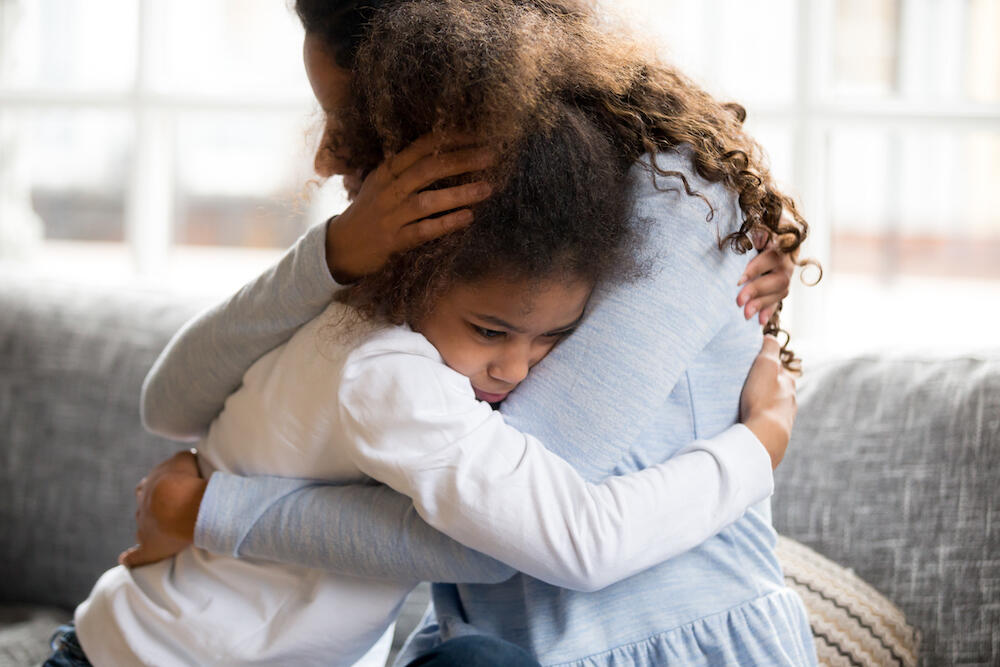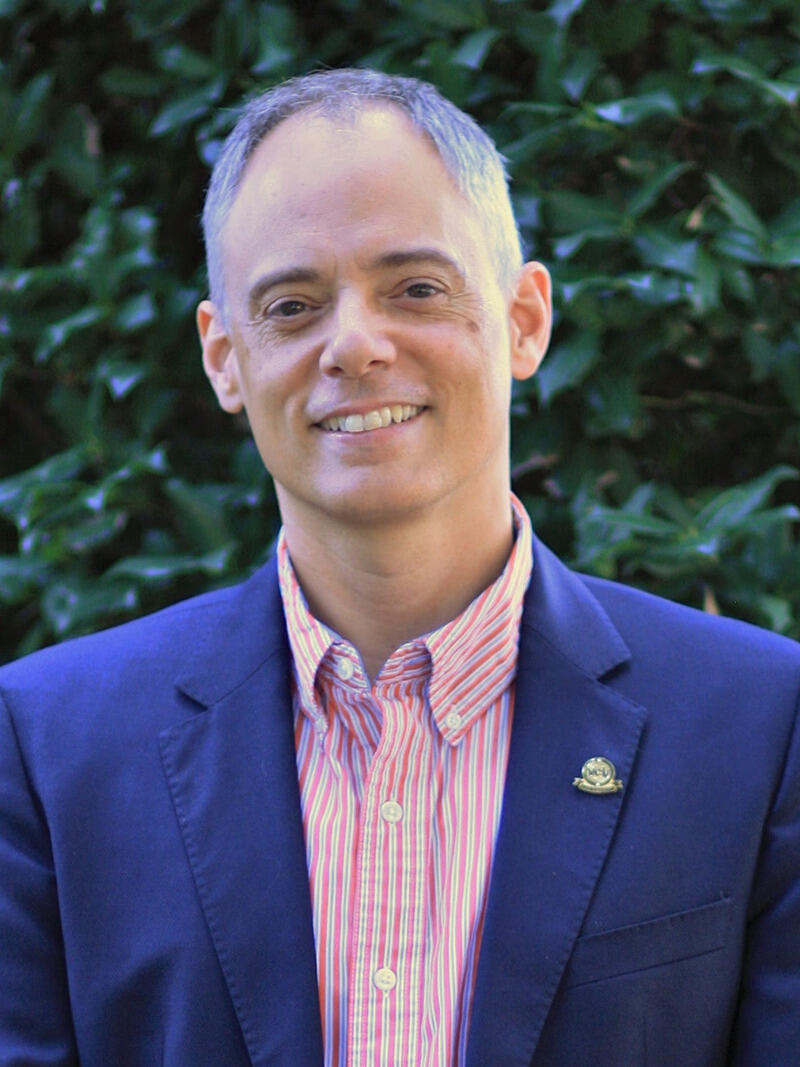
May 9, 2019
Facing fears: How exposure therapy can help children with anxiety
Michael A. Southam-Gerow, chair of VCU’s Department of Psychology, discusses his new book, “Exposure Therapy with Children and Adolescents.”
Share this story
An estimated 4.4 million children aged 3-17 have diagnosed anxiety, according to the Centers for Disease Control and Prevention.

Exposure therapy — a psychological technique that essentially helps people confront their fears — has been shown to be highly effective in treating anxiety disorders among children and adolescents.
A new book, “Exposure Therapy with Children and Adolescents,” (Guilford Press), by Michael A. Southam-Gerow, Ph.D., chair of the Department of Psychology in the Virginia Commonwealth University College of Humanities and Sciences, provides practical, developmentally savvy guidelines for conducting therapeutic exposure with 5- to 18-year-olds.
Southam-Gerow, co-director of the Anxiety Clinic, part of the Center for Psychological Services and Development at VCU, and an expert in mental health services for children and families, recently discussed the book and how exposure therapy can be a valuable treatment for children with anxiety.
What exactly is exposure therapy? How does it work?
Exposure therapy is an approach used mostly for folks with anxieties and fears. The idea is relatively simple: If you are afraid of some thing or situation and you are avoiding it and the thing or situation is not dangerous, then we expose you to the thing or situation in a gradual way that so you get more comfortable with the thing/situation and eventually learn that it is not dangerous.
What sort of anxiety disorders can exposure therapy help?
Exposure has been tested for a wide variety of anxiety problems, including specific phobias, separation fears, social anxieties, extreme worries, panic disorder, obsessions and compulsions and traumatic stress disorders. Exposure has also been used for some anger-related problems.
I imagine it must be a challenge to help a young person feel safe and comfortable facing a phobia or the source of their anxiety. Could you give an example of how you go about doing that?
Exposure treatment starts with a lot of education on the front end about the nature of anxiety and about how exposure works. The approach taken is a gradual one — a fear ladder is built with the client, starting with low anxiety situations and working toward tougher ones. We emphasize that the exposure practice sessions will always be in the control of the client — we pick the item we will practice each week together. And we emphasize the idea that we will start low and go slow. This is not the “toss the person in the deep end of the pool” kind of approach. It is more like the start outside the pool and work our way in slowly. The key is that although we will move slowly, we will always be moving forward. So eventually we get to the tough items.
An example might be someone who is fearful of social situations, like giving a speech in front of class in school. We would build a ladder with the person that might include easier items like watching someone on a video giving a speech and writing a speech and imagining delivering it, building to medium items like delivering the speech alone in a room and delivering the speech to the therapist only and then finishing with tougher items like delivering the speech with more people observing and delivering the speech with more people and making a few mistakes on purpose.
Is exposure therapy for children more challenging than with adults? How so?
Therapy with kids is generally more challenging because the client is often unwilling or at least was not the person who sought out treatment. For kids, the caregiver almost always is the person who starts treatment. As a result, the therapist is balancing the needs and preferences of more than one person. For exposure, this has some obvious challenges. The caregiver may see many reasons for the child to learn to face their fears that the child does not see.
The book appears to be geared toward clinical psychologists to help them treat children and adolescents. What do you hope it contributes to the field?
The book is meant for anyone who does clinical work with children and adolescents, including folks in psychology, social work, rehab counseling, marriage and family therapy, or other related fields. Exposure is a deceptively simple practice, relatively easy to describe but quite challenging to do well. The challenges are largely related to the fact that the client has learned many strategies to avoid feared stimuli. Avoidance works really well to quell anxiety but means that we don’t learn from the situation. And the avoidance strengthens our anxiety. Add to that the fact that many therapists express misgivings about trying exposure because the client might refuse. It can be easier to explore the reasons for a fear than it is to expose someone to that fear. However, we know from studies that exposure can be a major driver of positive therapeutic changes. My hope with the book was to inspire folks to consider exposure with their clients and to provide an accessible and thorough introduction to the ways it can be used flexibly.
How did you go about researching this book? Is exposure therapy something you've seen work in a clinical setting?
I was trained in exposure therapy in graduate school in the early 1990s and have been using and training folks in the approach since that time. The book draws on my experiences as therapist, supervisor and trainer of hundreds of clients treated using exposure therapy.
Anything else you'd like to add?
Anxiety disorders in children and adolescents are highly treatable and relief can come relatively quickly. Untreated, data suggests that as children age, anxiety can become more severe and can lead to other challenges, including depression and substance abuse. I hope that families of children or teens who are anxious will reach out for help. Exposure therapy and cognitive-behavioral approaches are strongly backed by science and are drug-free ways to help children and adolescents learn to deal with anxiety.
Subscribe to VCU News
Subscribe to VCU News at newsletter.vcu.edu and receive a selection of stories, videos, photos, news clips and event listings in your inbox.










